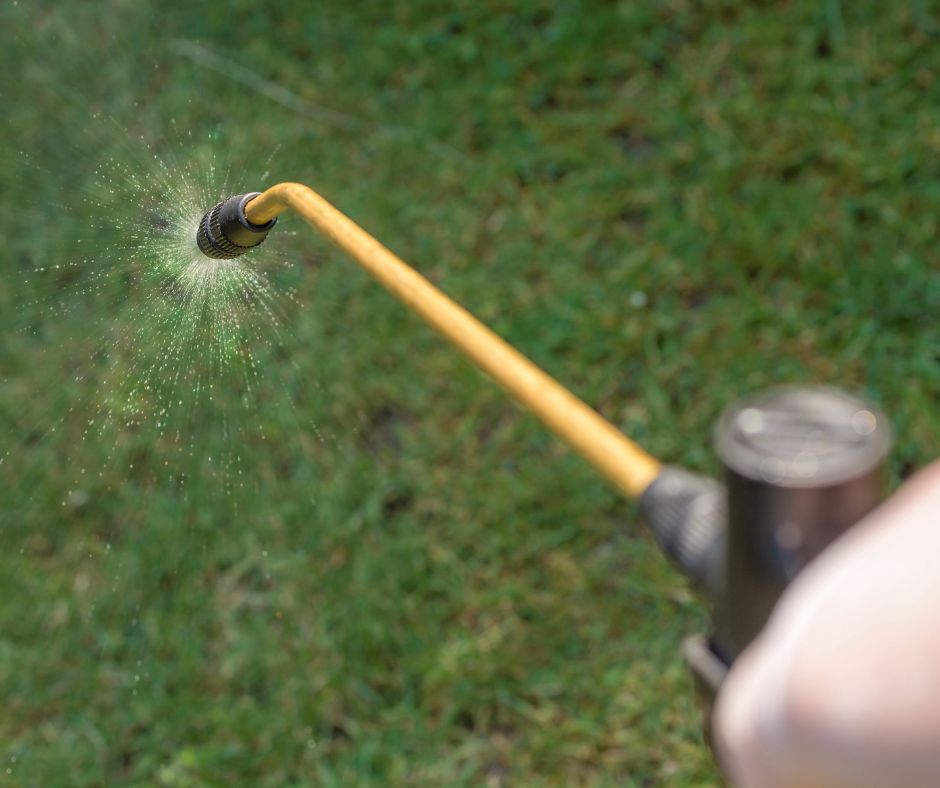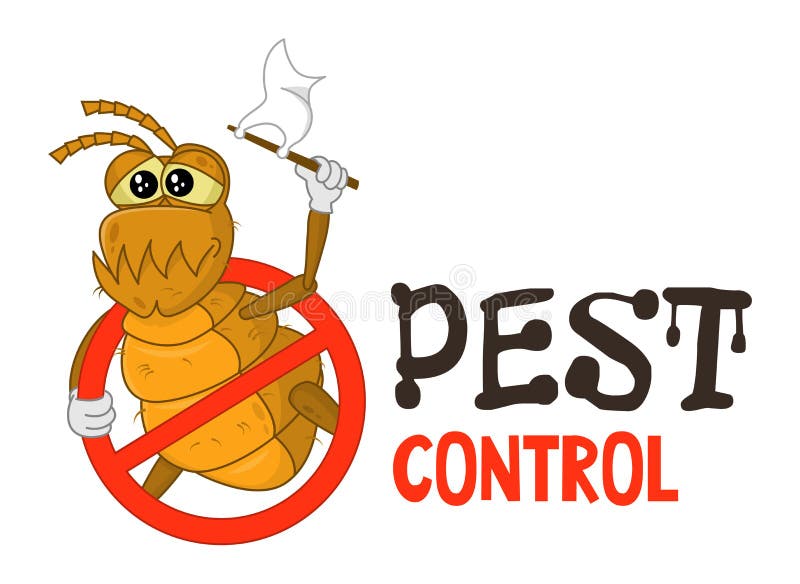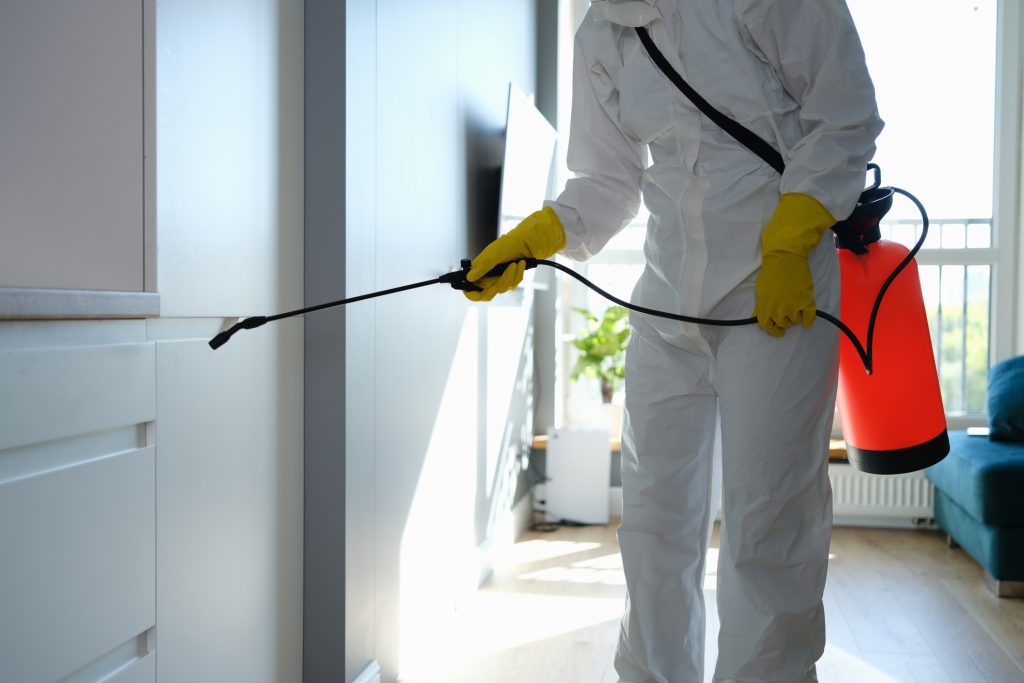Ant Exterminator Near Me: How to Exterminate Ants Fast and Effectively
Learn More About the current Breakthroughs in Parasite Control and How to Implement Efficient Treatment Solutions
In recent years, the area of bug control has observed considerable advancements, driven by the demand for efficient and lasting treatment solutions. Ingenious approaches such as Integrated Bug Management (IPM) incorporate environmentally friendly techniques with innovative technology, improving both efficiency and environmental duty.
Eco-Friendly Pest Control Options
Recently, the need for green pest control options has surged as businesses and property owners alike look for sustainable options to standard chemical therapies. This change is driven by expanding ecological recognition and a need to decrease the health risks associated with synthetic pesticides.

Environment-friendly insect control methods incorporate a variety of techniques that prioritize making use of natural substances and techniques. Integrated Insect Management (IPM) is one such strategy, integrating biological, social, and mechanical strategies to take care of bug populations while lowering dependence on chemicals (Wildlife removal services). This alternative method stresses prevention via habitat manipulation and the intro of natural killers, thus cultivating a balanced community
An additional prominent alternative is the use of botanical chemicals originated from plants, which have a tendency to be less dangerous to non-target organisms. Products like neem oil and diatomaceous planet have actually acquired grip for their effectiveness in regulating pests while presenting minimal dangers to human wellness and the environment.
Furthermore, exemption techniques, such as sealing access points and preserving sanitation, play an essential duty in eco-friendly bug monitoring. By adopting these sustainable methods, companies and people can properly manage insects while promoting a much healthier earth for future generations.
Smart Technology in Insect Administration
Technology is improving the landscape of pest monitoring, with smart technology becoming an essential pressure in boosting performance and performance - Wildlife removal services. The assimilation of Internet of Points (IoT) tools, artificial intelligence (AI), and data analytics is revolutionizing how insect control experts approach infestations
Smart traps equipped with sensors can detect pest activity in real-time, sending out prompt signals to drivers. This permits for prompt actions, minimizing damages and reducing the need for extensive treatments. Additionally, AI formulas assess historic data to predict pest actions, making it possible for positive interventions based on ecological problems and infestation patterns.
Drones and automated vehicles are additionally playing a substantial function in insect management, giving airborne assessments of large locations, determining hotspots, and even dispersing targeted treatments. These technologies not just improve operations however likewise enhance safety and security by limiting human direct exposure to potentially hazardous chemicals.
Furthermore, mobile applications encourage consumers to check bug activity and accessibility professional suggestions, promoting a collaborative technique to pest management. On the whole, the adoption of clever innovation is setting a new criterion in insect control, emphasizing data-driven decisions and lasting methods that inevitably benefit both home owners and professionals alike.
Integrated Bug Management Methods
Integrated Pest Administration (IPM) uses a holistic strategy to pest control, integrating numerous techniques to successfully manage insect populaces while decreasing risks to human health and wellness and the setting. IPM revolves around comprehending the pest life process, their natural adversaries, and the community in which they flourish.
Among the fundamental elements of IPM is checking pest populations with normal evaluations and data collection. This enables for the recognition of parasite thresholds, identifying when intervention is required. Social methods, such as plant environment, turning, and hygiene adjustment, are essential in decreasing insect occurrence and promoting plant health.
Mechanical controls, click over here now including obstacles and catches, are additionally essential in IPM. These approaches can literally eliminate or prevent insects without making use of chemicals. When required, the judicious application of chemical controls is employed, concentrating on targeted therapies that lessen environmental impact.
Education and collaboration amongst stakeholders, consisting of farmers, insect control professionals, and the area, are critical for the effective application of IPM techniques. By prioritizing sustainable practices, IPM not just addresses pest concerns however also cultivates a much healthier environment.
Biological Control Methods
Numerous organic control methods are increasingly identified for their efficiency in managing parasite populations while advertising environmental balance. These approaches harness natural killers, bloodsuckers, and pathogens to drywood termite treatment minimize pest numbers without relying upon artificial chemicals. As an example, the intro of ladybugs can efficiently manage aphid populations, while nematodes target soil-dwelling insect larvae.
Furthermore, making use of microbial pesticides, such as Bacillus thuringiensis (Bt), gives an eco-friendly option for taking care of caterpillar insects. this These items specifically target pest varieties, minimizing damage to advantageous pests and pollinators. Conservation biological control highlights boosting environments for natural opponents, such as birds and valuable insects, thus urging their visibility in agricultural systems.
Research study remains to disclose innovative methods within this area, such as using scents to disrupt pest mating patterns or the advancement of biocontrol representatives via genetic engineering. Carrying out these approaches can bring about sustainable pest administration methods that alleviate the dependence on chemical interventions, eventually cultivating much healthier ecosystems. As awareness of these techniques grows, they are becoming essential components of integrated insect management (IPM) techniques, providing a balance between effective pest control and environmental stewardship.
Do It Yourself Pest Control Solutions
As homeowners look for reliable means to deal with bug problems, DIY pest control solutions have actually obtained appeal for their availability and cost-effectiveness. These approaches equip individuals to attend to problems utilizing readily available products and techniques, typically without the requirement for specialist treatment.

Furthermore, preserving appropriate sanitation and regular inspections can protect against parasite access and nesting (Wildlife removal services). Basic methods, such as sealing cracks, getting rid of food resources, and decluttering, can substantially reduce insect populations. Traps, both homemade and commercially readily available, can likewise use reliable solutions for surveillance and managing specific pests like rodents or pests

Final Thought
The integration of environment-friendly pest control alternatives, smart modern technology, and innovative monitoring strategies provides a comprehensive technique to effective insect monitoring. By embracing Integrated Bug Management (IPM) and using organic control methods, together with Do it yourself solutions, liable and sustainable bug control can be attained.
Eco-friendly insect control approaches incorporate a range of methods that focus on the use of natural compounds and methods. Integrated Parasite Management (IPM) is one such method, integrating organic, social, and mechanical methods to manage insect populations while minimizing dependence on chemicals. As recognition of these strategies grows, they are becoming essential elements of integrated bug administration (IPM) approaches, supplying an equilibrium in between reliable parasite control and ecological stewardship.
The assimilation of eco-friendly parasite control options, clever modern technology, and innovative monitoring strategies offers a thorough strategy to reliable pest management. By embracing Integrated Bug Administration (IPM) and making use of biological control methods, along with DIY options, liable and sustainable pest control can be achieved.